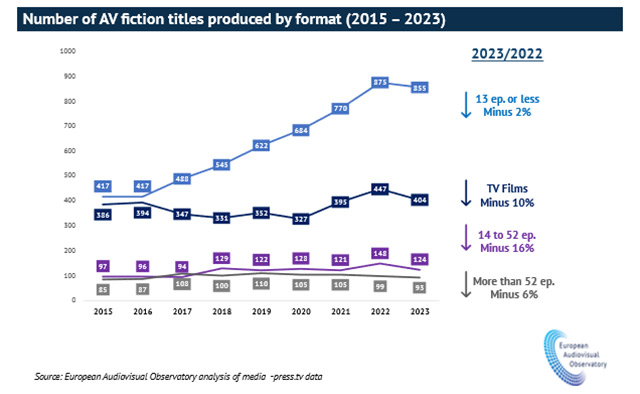World
Europe and the global challenge of MiCA: the response of the USA

Europe: the MiCA, finally implemented, is quickly shaping a new standard in the regulation of digital financial services, indirectly involving the position of the United States (USA).
Dante Disparte, CEO of Circle, emphasizes the crucial importance for the United States to reaffirm its role as a global leader not only in innovation, but also in setting the rules that will guide the future of the sector.
Let’s see all the details below.
Europe: the MiCA and its global impact, including the USA
As anticipated, on Sunday the European Union will inaugurate the first phase of its comprehensive and landmark law for the regulation of digital assets.
With the new regulatory framework for cryptocurrency markets, Europe has managed to do what other jurisdictions, including the United States, are still postponing.
That is to provide legal and regulatory clarity for the entire digital asset market, not just a part of it.
Europe has in fact dedicated the last five years to a concerted political development.
This is because driven by the possibility of the entry of Big Tech into financial markets, such as Meta’s Diem (formerly Libra) initiative, and concerns about uncontrolled cryptocurrencies.
We remind that the MiCA will have the effect of permanently linking digital assets to the real economy, in a typically European way.
In particular, the MiCA addresses several issues by giving stablecoin denominated in euros a chance of success in a consumer market of 441 million people.
Although some aspects of MiCA are protectionist, aimed at protecting European consumers and investors from the risks of cryptocurrencies, there is also an element of economic and technological sovereignty at play.
Offshore stablecoin, diplomatically called global stablecoin, are not allowed under MiCA.
The regulatory future of the United States and the need for a global response
The MiCA represents a profound change for the industry of criptovalute and the banking sector, requiring rigorous compliance and a substantial presence in the EU.
The authorized entities must have responsible management in an EU jurisdiction to operate throughout the federation, thanks to the pan-European regulatory harmonization.
This model strengthens collective responsibility and consumer protection in the value chain of digital assets.
Now that Europe has introduced MiCA, the United States must act to reaffirm their role as a global leader in the regulation and innovation of financial services, according to the CEO of Circle.
A competitive approach could see the implementation of a “NAFTA for digital assets” throughout North America.
However, a more lasting solution could be the formation of a transcontinental Western alliance for digital assets, enshrining shared democratic values and shaping the future of exponential technologies.
Bitstamp prepares for the implementation of the MiCA regulation
Bitstamp, one of the main crypto exchange platforms, has announced that it will make significant improvements to its offering by June 30, 2024. This announcement comes in preparation for the MiCA regulation coming into effect across the European Union.
The MiCA regulation, acronym for Markets in Crypto-Assets Regulation, will be operational from June 30, 2024. Bitstamp has welcomed this regulation, confirming its commitment to fully comply with the new requirements.
Among the planned changes, Bitstamp will remove the predominance of the EUR in the stablecoin EURT and will maintain the existing electronic money tokens (EMT) on the platform that are not dominated by the euro, but comply with MiCA regulations.
However, the availability of these EMT will be limited and no new EMT will be listed unless they meet the MiCA requirements.
James Sullivan, CEO of Bitstamp for the United Kingdom, expressed his support for these changes. In particular, he emphasized the platform’s commitment to security and regulatory compliance.
Sullivan also stated that this transition puts Bitstamp in a strong position to adapt to the upcoming changes. Thus maintaining direct contact with the interested users.
The announcement from Bitstamp comes a few days after the listing of Bonk ($BONK) on its platform. An event that has sparked speculations about an increase in liquidity and the value of the token.
$BONK recorded an increase of 2% after the announcement, only to drop by 3.20% in the last 24 hours, stabilizing at around $0.00002223.










